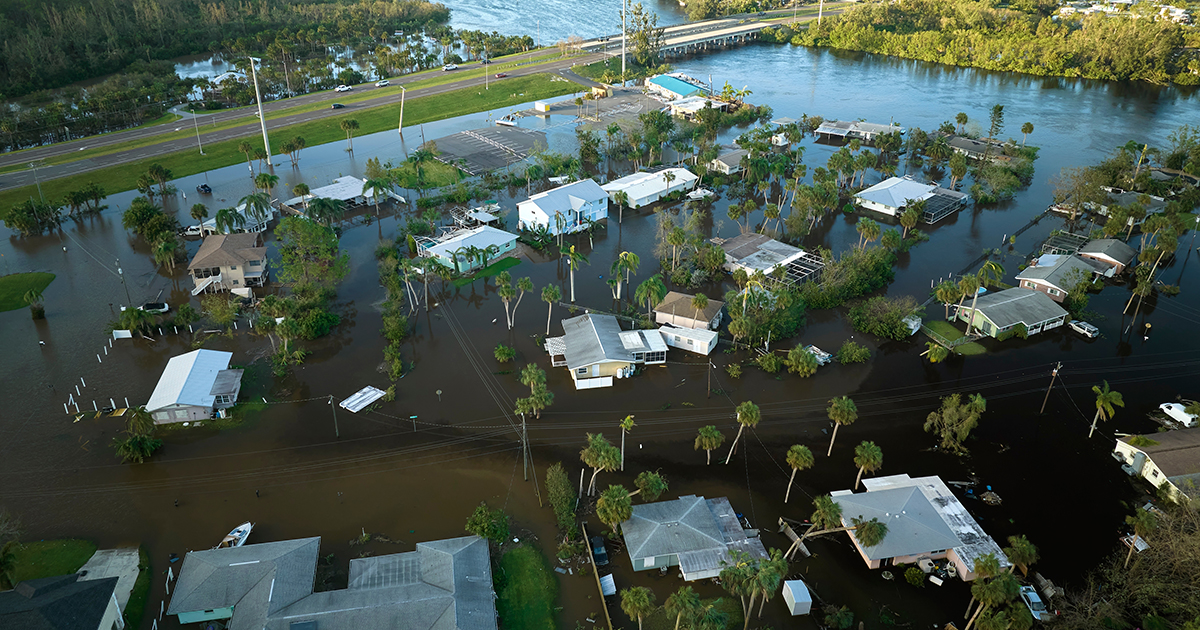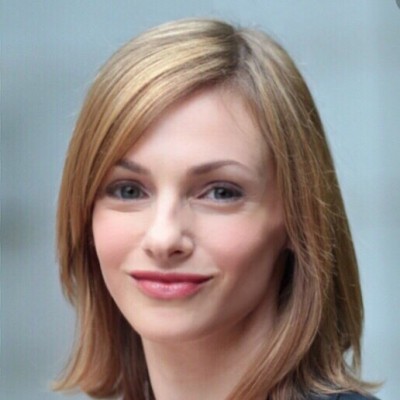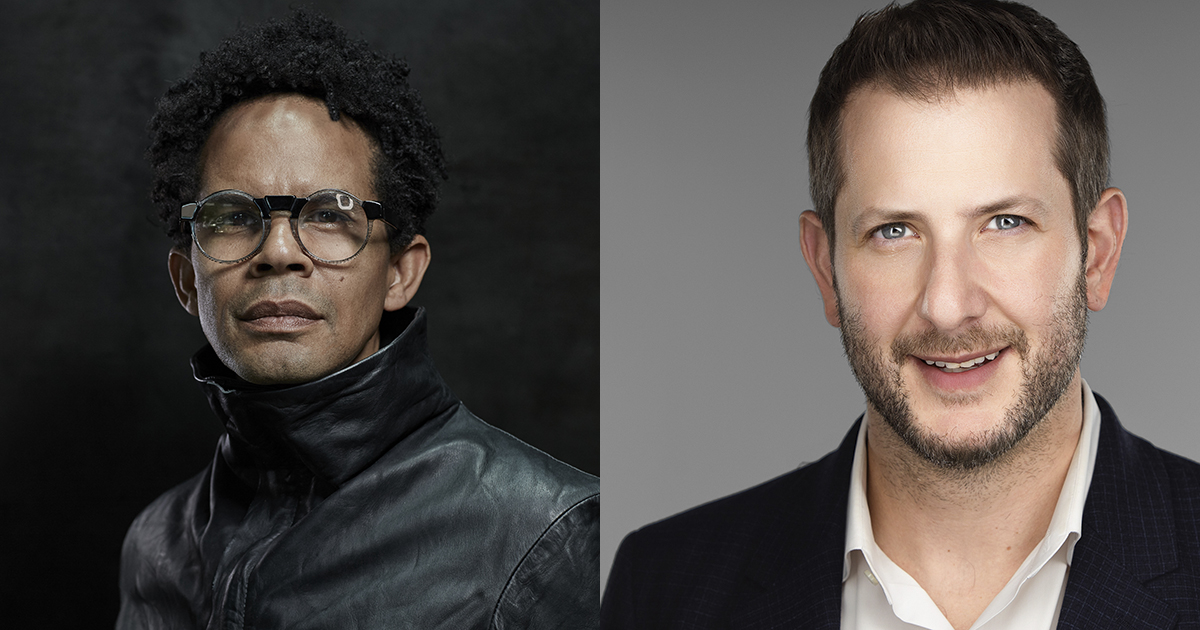Understanding Natural Disasters and Their Impact

Nearly one month after Hurricane Ian barreled onto the Gulf Coast with punishing 155-mph winds and an 18-foot storm surge, residents and emergency officials are still grappling with the storm’s destruction and unusually high death toll.
Hurricane Ian resulted in more than 114 deaths, making it the state’s deadliest hurricane in more than 90 years. More than 60 of those deaths were due to drowning, a key factor for those studying storm surge, climate change, and resilience, according to Babson Associate Teaching Professor Chuck Winrich, who is co-teaching a Socio-Ecological Systems class about disaster resilience.
“When looking at disaster resiliency, you need to understand the risks and talk about how the risks are changing, especially with the impact of climate change,” Winrich said. “Climate change can cause changes to the length of the hurricane season and the storm surge, and in our class, we end up studying that in real time.”
The class, taught by Winrich and Associate Professor Megan Way P’26, chair of Babson’s Economics Division, studies hurricanes, earthquakes, and other disasters and reviews the impacts on the land, the people, and social systems with an eye toward preventing deaths and improving how quickly the community can bounce back.
“Our class comes at it from the point of view of resilience. I teach about the natural system: How does the hurricane form, what are the parameters that tell us that hurricanes are going to happen and where?” Winrich said. “And, then Megan brings in the human systems. Where are we building? Why do we build there?”
Hurricane Ian caused nearly $2 billion in damage, with most of that damage hurting Florida’s agriculture farmers.
“To some degree, the disaster isn’t the hurricane. The disaster is how we prepared or didn’t prepare for the hurricane.”
Chuck Winrich, Babson Associate Teaching Professor
And, while hurricanes have been increasingly destructive over the years, hurricane-related deaths have fallen by two-thirds over the past 50 years, according to the World Meteorological Organization. That makes Hurricane Ian’s high death toll all the more unusual.
“What we can see happening in Florida is that the storm surge just wiped out communities,” Winrich said. “Wherever the storm surge is going to hit the hardest and strongest, those are the areas that you evacuate. The wind can be severe, but you don’t necessarily have to evacuate from strong winds the way you do from storm surges.”
Hurricane Ian’s unpredictable path also played a role, says Winrich. Forecasts originally indicated the storm would strike farther north.
“Forecasting has gotten better over the decades, but there’s still issues,” Winrich said. The timing of evacuation orders remains tricky. Storm fatigue also can become an issue, when residents start tuning out hurricane warnings because, in the past, the government overreacted with evacuation warnings.
“To some degree, the disaster isn’t the hurricane. The disaster is how we prepared or didn’t prepare for the hurricane, or the earthquake, or some other destructive event,” Winrich said. As students and emergency response officials study resiliency, the hope is that greater preparation can come in the way of building codes, evacuation warnings, and other systems.
“There’s always going to be these things happening. So what can we do about it? It’s over the top to say that I hope this class saves somebody’s life, but if you understand what risk might be associated with where you live, you really can minimize your vulnerability to these events,” Winrich said. “You can’t stop them, but if you understand them, hopefully, that allows people, on an individual and on the community level, to make decisions that will hopefully make it easier to get through these events when they do happen.”
Posted in Insights





